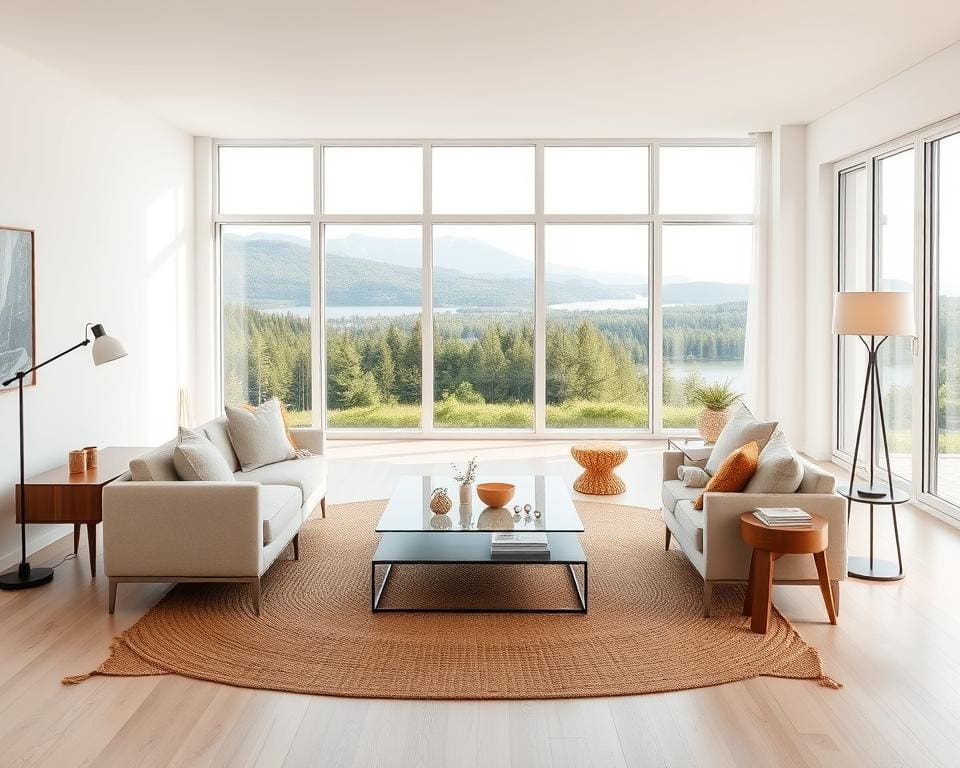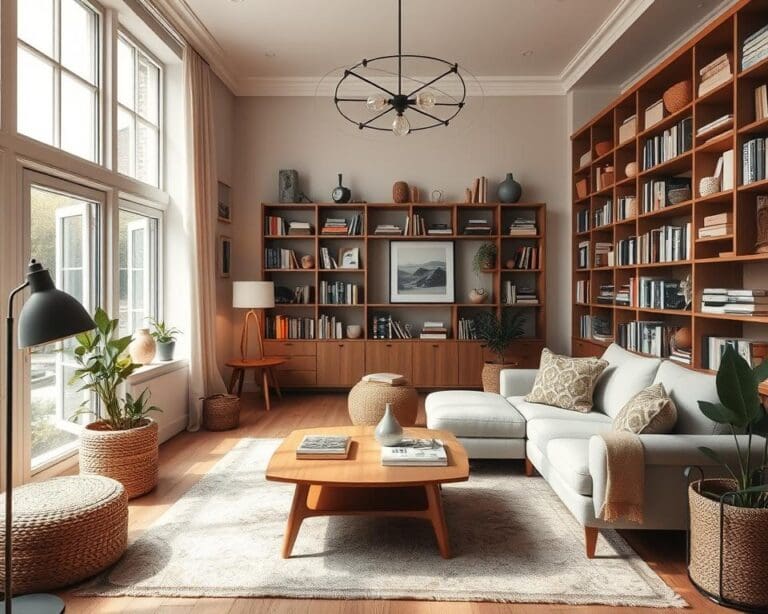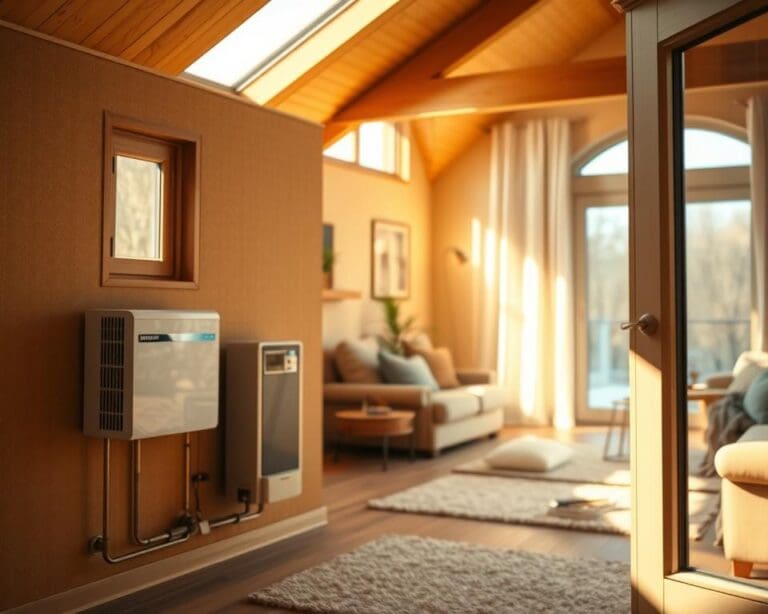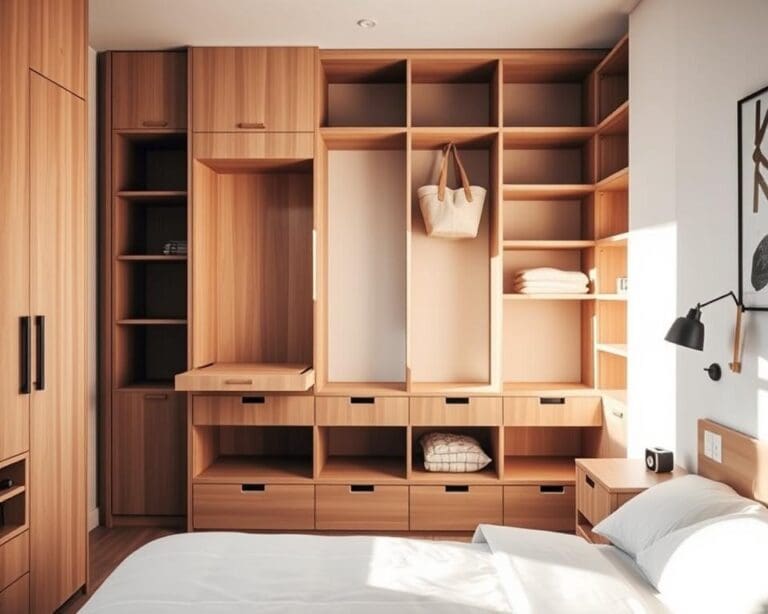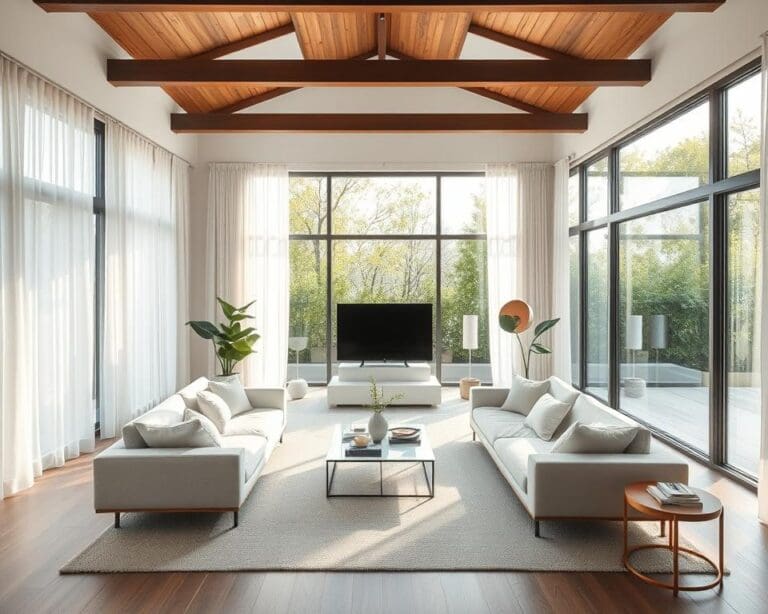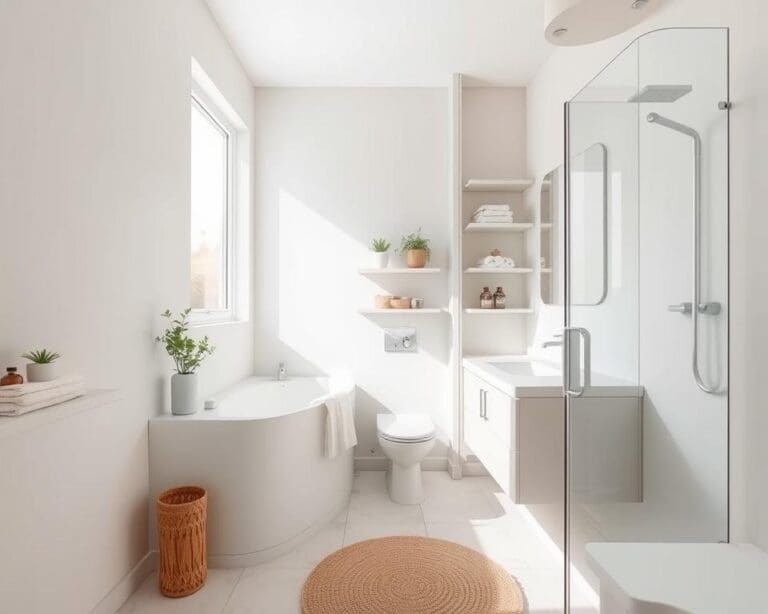Scandinavian design has carved a niche for itself in the world of interiors, celebrated for its timeless elegance that seamlessly merges functionality with aesthetic appeal. Rooted in minimalist aesthetics, this design philosophy champions simplicity and clean lines, inviting a tranquil connection to nature. Timeless interiors, characterised by a restrained yet sophisticated approach, cater to diverse architectural styles and personal tastes. By fostering a sense of calm and order, Nordic decor not only enhances the beauty of a space but also enriches modern living, making it ever-relevant in our fast-paced lives.
Embracing Minimalism in Scandinavian Design
In the realm of Scandinavian interiors, embracing minimalism emerges as a transformative approach to design. This philosophy is characterised by the idea that a decluttered environment promotes peace and clarity. Space utilisation takes precedence, ensuring that every element serves a purpose while enhancing the aesthetic of the room.
Less is More: The Essence of Space
The principle of “less is more” resonates deeply within Scandinavian minimalism. By prioritising essential furnishings, designers create open and airy spaces that breathe serenity. This approach discourages overcrowding, allowing light and movement to flow freely. Well-chosen pieces add character without overwhelming the visual palette. As such, the strategy of utilising multifunctional furniture becomes key, seamlessly integrating functionality with beauty.
The Importance of Functionality
Functionality reigns supreme in Scandinavian interiors, where every piece of furniture is deliberately selected for its practicality. Space utilisation reflects a commitment to efficiency, allowing homeowners to navigate their living spaces with ease. This focus on purpose promotes a lifestyle centred on mindfulness and simplicity. By creating decluttered interiors that embrace functionality, Scandinavian design fosters environments in which individuals can thrive, both mentally and emotionally.
Natural Materials and Textures
In Scandinavian interiors, the embrace of natural materials speaks to a deeper connection with the environment. The careful selection of elements such as Scandinavian wood, stone, and other organic design elements embodies an ethos of simplicity and authenticity. This commitment not only enhances the aesthetic appeal but also enriches the sensory experience within the home.
Wood, Stone, and Other Organic Elements
Wood stands as a fundamental component in Scandinavian design, creating a sense of warmth and timelessness. Whether used in furniture or structural elements, Scandinavian wood reflects nature’s inherent beauty. Stone adds another layer of texture, grounding spaces with its raw elegance. Incorporating organic materials like bamboo or cork fosters a tactile interplay, connecting occupants to the earth and promoting a sense of tranquillity.
The Role of Textiles in Creating Warmth
Textiles play a crucial role in harmonising the natural materials found within Scandinavian interiors. Soft fabrics in muted tones complement the sturdiness of wood and stone, infusing spaces with a welcoming aura. Natural fibres such as wool and linen enhance comfort while reinforcing the organic theme. Brands like Muuto and HAY showcase innovative designs that utilise these textiles, ensuring that each piece resonates with the overall aesthetic while maintaining a cosy vibe.
Neutral Colour Palettes and Their Impact
Scandinavian interiors often embrace neutral colour schemes that play a vital role in shaping the atmosphere of a space. These colour choices not only influence the aesthetic appeal but also have profound effects on mood and behaviour through colour psychology. A palette consisting of whites, soft greys, and muted pastels creates an inviting environment, making homes feel calm and serene.
Understanding the Psychology of Colour Choice
The selection of colours in a room affects our emotional responses and daily activities. Neutral tones foster a sense of tranquility and clarity, making them ideal for both living areas and workspaces. This psychological effect encourages concentration, promoting productivity in a setting designed for focus. By incorporating Scandinavian colour into their designs, homeowners can enhance the overall experience of each room.
How Light Influences Scandinavian Interiors
Light plays a fundamental role in Scandinavian design, particularly when combined with neutral colour schemes. Natural light is maximized through the use of lighter shades, creating a sense of spaciousness. This is especially important during long winter months when daylight can be scarce. The interrelation between light and colour amplifies the beauty of Scandinavian interiors, allowing the essence of simplicity and comfort to shine.
What makes Scandinavian interiors so timeless?
The essence of Scandinavian interiors lies in their remarkable ability to merge traditional Scandinavian design with modern influences, creating spaces that feel both rooted in history and alive with contemporary energy. This harmonious relationship allows for an enduring appeal that resonates across varying tastes and lifestyles.
Balancing Tradition and Modernity
At the heart of these interiors is a commitment to cultural heritage, often showcased through hand-crafted furnishings and artisanal textiles. These traditional elements bring character and warmth, while modern influences introduce sleek lines and innovative materials. This duality ensures the spaces feel current and welcoming, appealing to a wide audience.
The Influence of Nordic Culture and Heritage
Nordic culture and heritage provide a rich backdrop that informs every aspect of Scandinavian design. The connection to nature and the simplicity of life are reflected in the light woods, muted colour palettes, and thoughtful layout. These design principles are not simply trends but rather a manifestation of values that prioritise sustainability and craftsmanship, ensuring that the beauty of traditional practices endures in an age of mass production.
Functionality Meets Aesthetics
In Scandinavian design, the intersection of aesthetics and functionality becomes evident through the use of multifunctional furniture. Every piece is crafted with purpose, creating an environment that complements both style and practicality. Such designs are particularly vital in smaller homes or urban settings, where space constraints are common.
Multi-functional Furniture for Efficient Living
Multifunctional furniture exemplifies the concept of efficient design by allowing individuals to maximise their living space without compromising on elegance. Furniture items like convertible sofas and nesting tables serve dual roles, directly addressing the need for space-saving solutions. These innovative designs ensure that every square metre of the home can be utilised effectively while remaining visually appealing. Renowned brands like IKEA lead the way, presenting a range of options that seamlessly blend utility with aesthetic charm.
Designing Spaces for Everyday Life
Efficient design extends beyond individual pieces; it encompasses the entire layout of a living space. Scandinavian interiors prioritise flow and accessibility, making everyday routines simpler and more enjoyable. Cleverly positioned furniture invites movement, while strategically placed lighting enhances the overall atmosphere. By integrating multifunctional furniture into the design, every area transforms into a purposeful environment, fostering a sense of balance and tranquillity in the home.
The Role of Natural Light in Scandinavian Spaces
Embracing daylighting has become a cornerstone of Scandinavian design, reflecting the region’s deep connection to nature. Large windows play a pivotal role in creating vibrant, light-filled environments that not only enhance aesthetics but also support mental well-being. This approach transforms homes into serene havens, exemplifying the harmonious blend of functionality and beauty.
Large Windows and Open Spaces
Scandinavian windows are thoughtfully designed to maximise light exposure, ensuring that every corner of a space receives its share of natural illumination. These expansive openings create a feeling of openness, breaking down barriers between indoor and outdoor settings. The health benefits of such abundant daylighting cannot be overstated, as it positively influences circadian rhythms and promotes an overall sense of vitality.
Integrating Indoor and Outdoor Living
Open-concept design enhances the integration of indoor and outdoor spaces, fostering a seamless transition from the comfort of the inside to the beauty of nature outside. This design ethos encourages fluidity and connectivity among various areas, allowing for versatile usage of space. By bridging the gap between these environments, homeowners can revel in the ever-changing qualities of daylight throughout the day.
Sustainability in Scandinavian Interior Design
In contemporary times, sustainability has emerged as a cornerstone of Scandinavian interior design, with a strong emphasis on eco-friendly materials and practices. This commitment reflects a profound respect for nature, deeply embedded in Nordic culture. Designers across the region are increasingly prioritising sustainable design initiatives, opting for renewable resources and methods that minimise environmental impact. Such choices contribute to a design ethos that goes beyond aesthetics, fostering a harmonious balance with the surrounding world.
Leading brands like Ferm Living have set the standard for Scandinavian sustainability by creating products crafted from recycled and sustainable sources. Their approach underscores the importance of quality over quantity, promoting a slow design movement that champions longevity. This perspective not only encourages conscious consumption but also aligns with the values of both consumers and designers who seek to make more environmentally responsible choices. Through the lens of sustainability, these designs become instruments for change, inspiring individuals to reconsider their impact on the planet.
As the trend towards eco-conscious living continues to gain momentum, Scandinavian interiors serve as a beacon of inspiration. By curating spaces that feature natural materials and sustainable practices, homeowners can foster environments that are not only aesthetically pleasing but also beneficial to the planet. This commitment to sustainable design ensures that Scandinavian interior aesthetics remain relevant and resonate with future generations, maintaining the timelessness that is a hallmark of the style.

